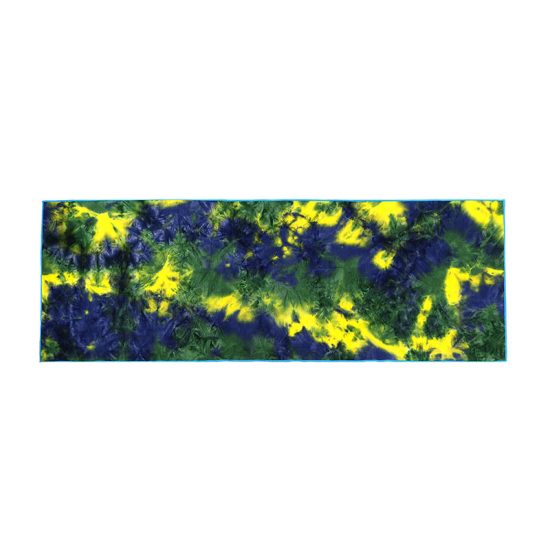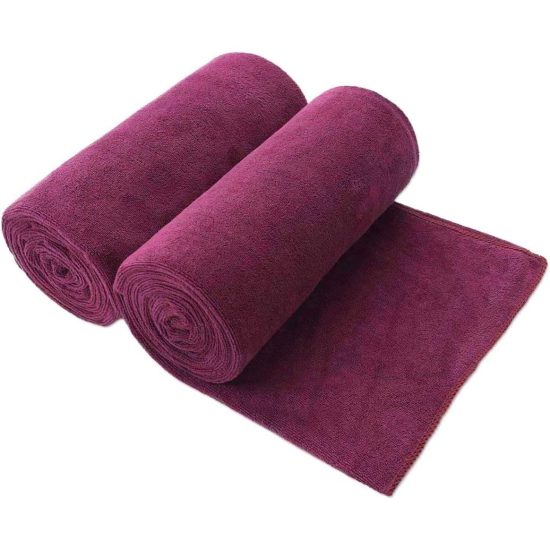Certainly! Let’s explore the use of yoga blocks from the basics to more advanced applications:
Basics:
Sitting comfortably:
Place a block under your sit bones to elevate your hips, making seated poses like sukhasana (easy pose) or padmasana (lotus pose) more comfortable, especially for those with tight hips.
Support in forward folds:
Use blocks to support your hands in forward folds, such as uttanasana. This provides extra height and makes the pose more accessible for those with tight hamstrings.
Alignment in downward-facing dog:
Position blocks under your hands in downward-facing dog to alleviate wrist strain and promote better alignment, especially if you have wrist issues.
Opening the chest:
Lie on your back with a block placed horizontally between your shoulder blades. This can help open the chest and improve thoracic spine mobility.
Intermediate:
Balance and stability in standing poses:
In standing poses like trikonasana (triangle pose) or ardha chandrasana (half moon pose), use blocks to bring the floor closer, aiding balance and stability.
Assisting in backbends:
Place a block under your sacrum in supported bridge pose to enhance the opening of the chest and shoulders.
Modified pigeon pose:
Support your hip in pigeon pose by placing a block under the hip of the bent leg. This modification helps in achieving the pose with proper alignment.
Advanced:
Leverage in arm balances:
In arm balances like crow pose, use blocks under your hands to reduce the distance to the floor, providing additional support as you work on balance and strength.
Deepening twists:
Sit on a block in seated twists to elevate the hips, allowing for a deeper and more comfortable rotation through the spine.
Pike press in handstand preparation:
For those working on handstands, use blocks to practice pike presses, gradually building strength and control.
Lift in inversions:
In inversions like headstand or shoulderstand, blocks can be placed under the shoulders for added lift and support.
Assisted leg extension:
In poses like utthita hasta padangusthasana (extended hand-to-big-toe pose), use a block to support the lifted leg, allowing for better extension.
Mindful integration:
Breath awareness:
Regardless of the pose, maintain focus on your breath. Use the support of the blocks to find ease and deepen your connection to the breath.
Exploration and experimentation:
Yoga is a personal journey. Experiment with block placement and notice how it affects your body and the sensations you experience. Be open to adapting and modifying as needed.
Regular assessment:
As your practice evolves, regularly assess whether you still need the support of blocks. Gradually challenge yourself by reducing the reliance on blocks to promote continued growth in your practice.
Remember, yoga blocks are tools to support and enhance your practice, and their use can evolve as your practice progresses. Always listen to your body, and if you have any health concerns or uncertainties, consult with a qualified yoga instructor or healthcare professional.


